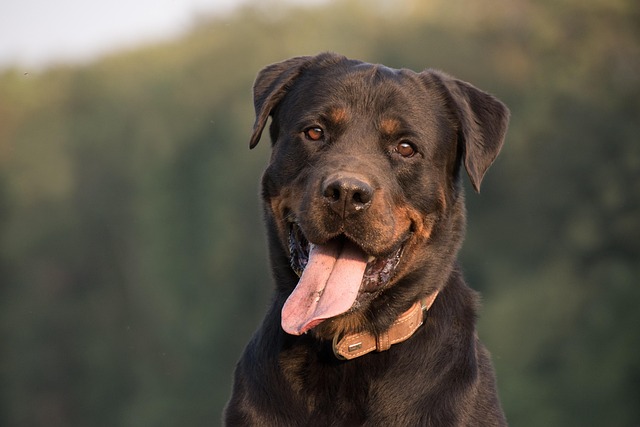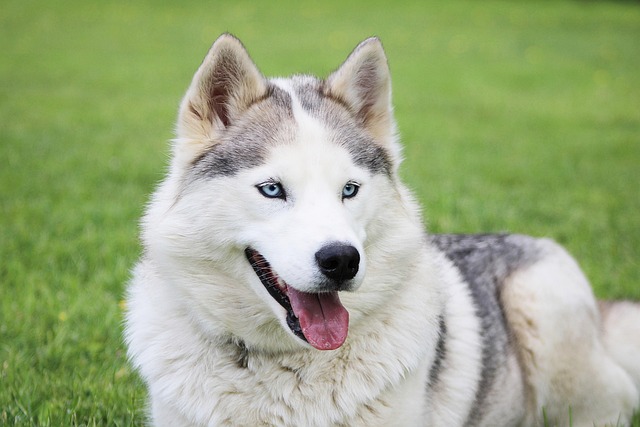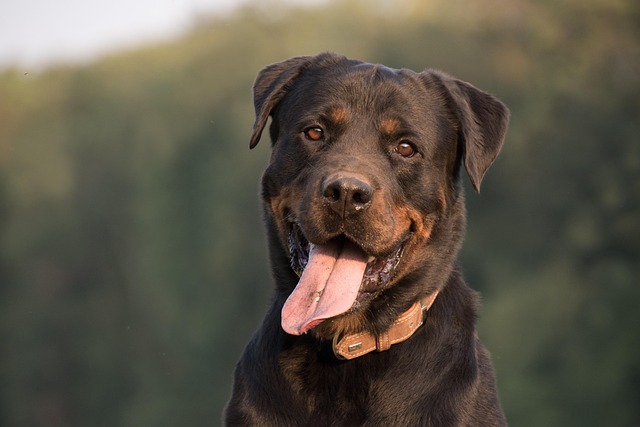
When should I worry about my dog's eyes
That worried feeling when your pup squints in the bright afternoon sun during your neighborhood walk or has a bit of goop in the corner after a nap – is it normal, or time to panic?
How to tell if a dog has dandruff or mites? If you’re a new dog parent in the US, you’ve likely leaned in to brush your pup and noticed small white flakes in their fur—or maybe they’re scratching so hard they’re leaving red marks. It’s easy to panic, but figuring out whether it’s dandruff (dry skin) or mites (tiny parasites) matters: one needs moisturizing, the other medical treatment. Let’s learn to tell them apart.
Dandruff and mites both cause flakes and itching, but their roots are worlds apart. Dandruff is dry, dead skin cells, usually from a lack of oil, dry air, or a diet low in healthy fats. It’s like when your scalp flakes in winter—annoying but harmless. Mites, though, are tiny bugs that burrow into the skin, causing irritation, inflammation, and even infection. Think of them as uninvited guests throwing a party under your dog’s fur. Veterinarians can spot the difference quickly, but you can too with a few key checks. My friend’s rescue pup, Cody, had what she thought was dandruff—turns out, it was mites, and a vet’s treatment cleared it up fast.
So, how to check? Start with the flakes themselves. Dandruff looks like small, white, powdery bits—they fall off easily when you brush, like snow. Mite flakes, though, are often stuck to the skin, mixed with redness or crusty scabs. Cody’s flakes were yellowish and clumpy, not powdery—that was a clue.
Next, watch the itching. Dandruff makes dogs scratch occasionally, maybe rub against furniture. Mites? They scratch obsessively—paws flying to their ears, belly, or armpits, sometimes until they bleed. Cody would wake up scratching at 3 a.m., which dandruff rarely causes.

Check the spots. Dandruff usually shows up all over, especially on the back or tail. Mites love warm, hidden areas: ear flaps, between toes, under the belly. Cody had red bumps under his front legs—classic mite territory.
If you’re still unsure, part the fur and look for movement. Mites are tiny, but in bad cases, you might see tiny white specks scurrying—gross, but a dead giveaway. Dandruff never moves.
Now, tie this to real-world care. Even with skin issues, your dog needs current rabies vaccines—every US state requires it, and cities like Seattle fine owners who skip this. While checking their skin, don’t forget poop bags on walks (fines in Boston hit $200 for messes) and updated tags.
Culturally, never scold your dog for scratching—they’re in pain, not misbehaving. Use positive reinforcement: reward them for sitting still during a check with a treat. Trust makes vet visits (critical for mites) easier.
Living in an apartment? If it’s mites, wash their bed weekly in hot water to kill bugs—neighbors won’t appreciate an infestation. For dandruff, run a humidifier (quietly, to avoid noise complaints). When walking, if they scratch a lot, keep them leashed to avoid spreading mites to other dogs—polite pet parents keep the community healthy.
Dandruff needs moisture; mites need meds. With these checks, you’ll know which one you’re dealing with—and get your pup feeling better fast.

That worried feeling when your pup squints in the bright afternoon sun during your neighborhood walk or has a bit of goop in the corner after a nap – is it normal, or time to panic?

Waking up to the sound of your dog retching is enough to make any new pet parent panic.You rush over to find a small puddle on the living room rug,and suddenly you're hit with that urgent question:should you hold back their food to let their tummy settle?

Husky puppies are little bundles of energy with a metabolism that burns through calories like a sled racing across snow. Their bodies need specific nutrients to support that nonstop activity, growing muscles, and thick double coats.

Does brushing a dog help with dandruff? If you’re a new dog parent in the US, you’ve probably stared at the white flakes on your couch, then at your pup’s brush

How to tell if a dog has dandruff or mites? If you’re a new dog parent in the US, you’ve likely leaned in to brush your pup and noticed small white flakes in their fur

What food causes dandruff in dogs? If you’re a new dog parent in the US, you’ve probably brushed your pup and noticed a snowfall of white flakes